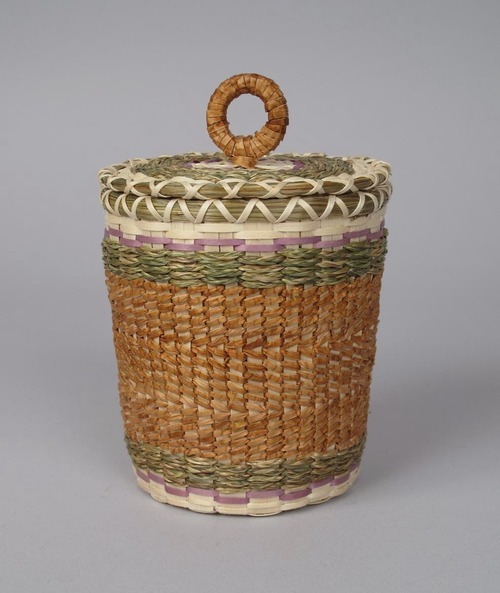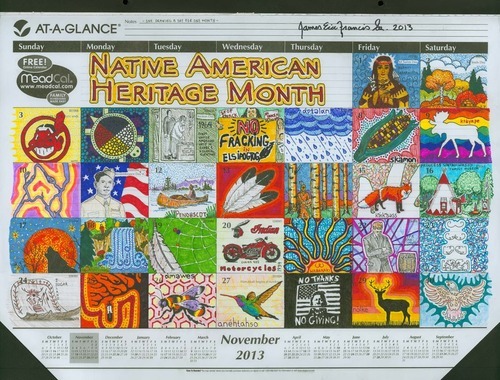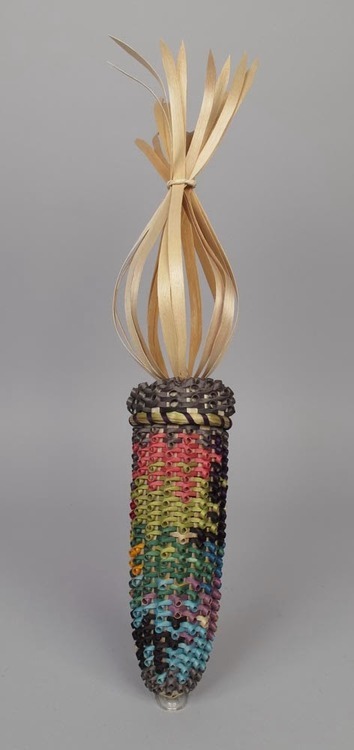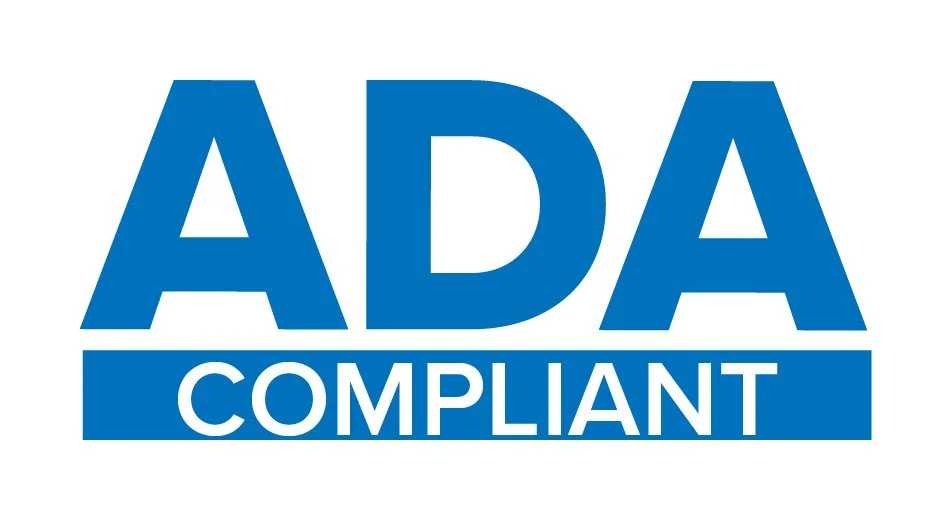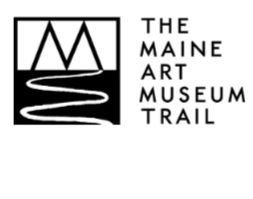Meet a Wabanaki Artist Fellow: Emma Soctomah
/Emma Soctomah is 11 years old and a member of the Passamaquoddy Tribe living at Indian Township. She is an Honor Roll student who skipped the 4th grade, and will be in the 7th grade this fall.
Artwork is very important to her, and she spends much of her time outside of school making baskets. She has attended the Santa Fe Indian Market twice and has returned with top awards each time.
"My inspiration would definitely be my Gram, Molly Neptune Parker. She is always working on baskets and stopping to help me or my cousins. I am very thankful to have my Gram because she always helps me when I need it. She also makes very beautiful baskets. I am my brother George Neptune's apprentice, so I go to markets with him. He helps me work as hard as I can, but sometimes too hard, but that's okay. He just wants me to do as good as I can."
Here she is (in the pony tail), teaching Franklin Delano Roosevelt's great grandchildren how to weave a basket. Roosevelt was good friends with Tomah Joseph, who was from Indian Township, and a family relation to Emma and George.

As a Wabanaki Artist Fellow, Emma is off to the Santa Fe Indian Market this month to see what other awards she can win. But, it's not just about winning awards; making baskets is about keeping a tradition alive and well.
"I want to be sure that basketmaking keeps going so that we don't lose the tradition. At one point we started losing the tradition but my Gram started teaching more and more people. I want to be just like her and teach people to make baskets and keep it going. I will teach all of my children that I have in the future."
The Wabanaki Artist Fellowships were made possible through support from Dawnland, LLC, the concessioner in Acadia National Park.





































